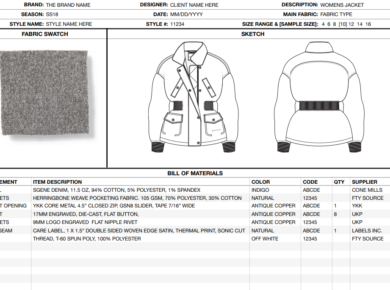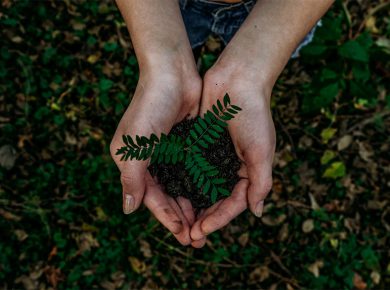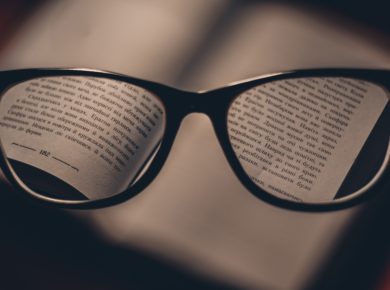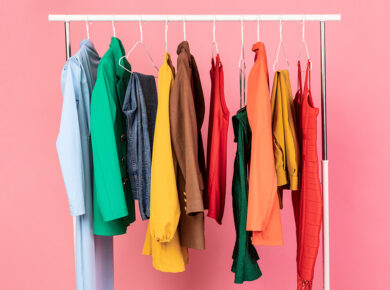In today’s rapidly evolving and cycling fashion industry, designs from small and innovative brands to luxury brands are increasingly being copied by other (predominately fast) fashion brands to maintain a competitive edge. However, the rise of “dupes” – unauthorized copies, imitations, or duplicates of original designs – poses a significant challenge to these brands, as it undermines their originality, creativity, and possibly their bottom line. While it might seem challenging to protect yourself as a brand from being “duped” by another, the key is transparency.
Transparency in Production Practices
By being open about their production practices, fashion brands can showcase the unique methods and techniques they employ to create their products, making it more difficult for other brands to replicate their designs. This can include providing information on:
- Sourcing of Materials: Brands can disclose the origins of their materials, including the specific fabric mills, tanneries, or other sources they use. This information helps to demonstrate the authenticity of their products and differentiates them from knock-offs.
- Ethical Manufacturing: By sharing information on the ethical practices they adhere to, such as fair labour conditions, environmentally friendly production methods, and responsible sourcing, brands can build trust with their customers and discourage dupes, as unethical manufacturers may find it difficult to imitate these practices.
- Artisanal Techniques: Some fashion brands employ specialised artisanal techniques to create their products, like hand embroidery, intricate weaving, or traditional dyeing methods. By highlighting these techniques, brands can emphasise the craftsmanship behind their designs, making them harder to duplicate.
Transparency in Design Processes

In addition to production practices, fashion brands can also protect their designs by being transparent about their design processes. This can involve:
- Sharing Design Inspiration: By sharing the story behind their designs, brands can create a strong narrative that connects with their audience and sets their products apart from imitations. This might involve discussing the inspiration behind a collection, such as a specific cultural influence, historical period, or artistic movement.
- Documenting the Design Journey: By showcasing the various stages of the design process, from initial sketches to final prototypes, brands can provide insights into the creative development of their products. This not only helps to establish their originality but also makes it more difficult for dupes to claim that they have independently arrived at a similar design.
- Collaborating with Other Designers: Brands can collaborate with other designers to create exclusive capsule collections or limited-edition pieces. By working together and openly promoting these collaborations, brands can leverage the combined reputations of the collaborators to help protect their designs from dupes.
As the fashion industry becomes increasingly competitive, protecting designs from dupes is more important than ever. By embracing transparency in their production practices and design processes, fashion brands can build trust with their customers, differentiate themselves from imitations, and establish their designs as unique and authentic. This strategy not only helps to combat the threat of dupes but also contributes to creating a more ethical and sustainable fashion industry for the future.






